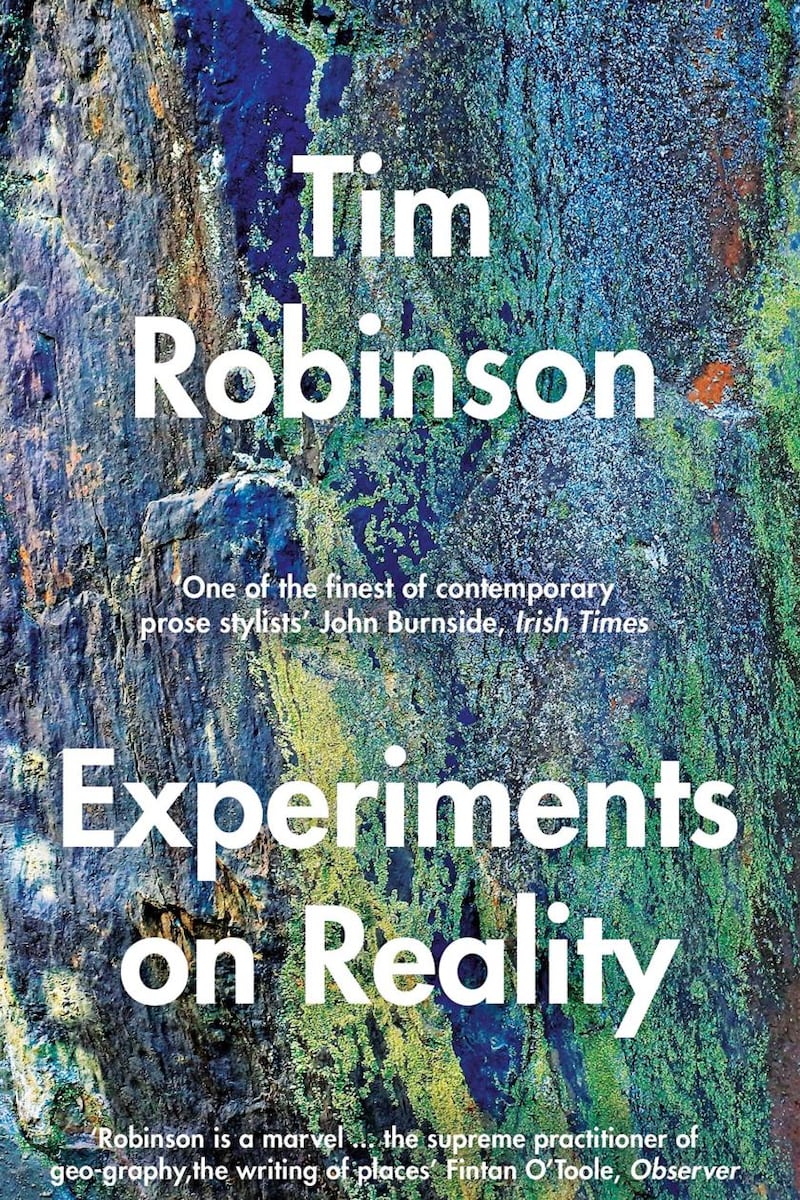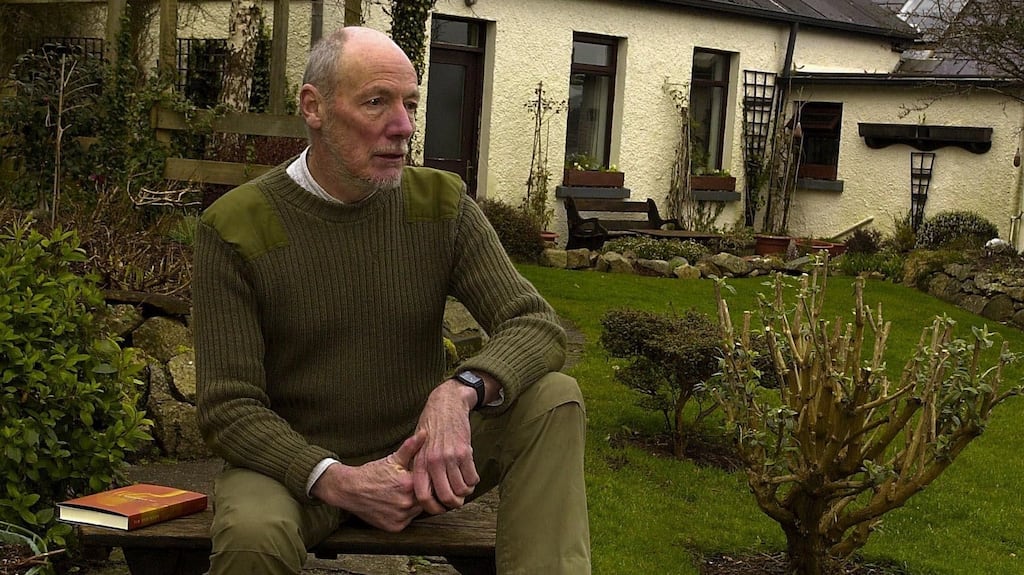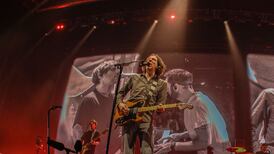On Tim Robinson’s marvellous map of the Burren, you can just about make out a dot with, in tiny print, the enigmatic description “a strange field”. I have never gone looking for it but it would be hard put in any case to live up to the short passage in Experiments on Reality in which Robinson explains why he marked it.
Like everywhere else in the Burren, it is shaped by the carbonic acid released from the limestone slabs by eons of rainwater. “This field had been fenced with slabs set on edge that exhibited – the word is right – a great variety of amoeboid piercings that would have pleased the surrealist sculptor Hans Arp. Look through these weird windows, and what is on one side is as lugubriously anonymous as what is on the other.” Surely the real field would not be quite as wonderful as Robinson’s qualities of mind that are displayed here: the precision of the Cambridge-educated mathematician; the eye of the visual artist; the quiet humour of a man who contemplates the world on his own terms; above all the prose of a master.
In these days of renewed Anglo-Irish tensions, it is no harm to remind ourselves that Ireland has been blessed to have been given, since 1972, the gift of the almost undivided attention of one of the greatest of all landscape writers, who happens to be a Yorkshireman. After his studies in Cambridge and his years as an artist in Istanbul, Vienna and London, Robinson came to live on the Aran Islands. He conceived, as he puts it in one of the longest essays in this delightful collection of reflections and reminiscences, “a totally unreasonable project of mapping all the land I could see from my home – as if I were so far lost that only a comprehensive universal map would find my place.”

That gloriously unreasonable project produced not just his wonderful maps with their priceless records of placenames and oral history but the two-volume Stones of Aran and the Connemara trilogy that collectively constitute one of the great literary achievements of our time on these islands.
Perhaps only an English outsider could have given this project such care. “Among the historical roots of Ireland’s carelessness of place,” he writes, “is the retreat of its language and the accompanying anglicization of its placenames, which have been defaced, rendered dumb and sometimes reduced to the ridiculous. To undo a little of this damage has been for me, an Englishman, a work of reparation.” No such burden should be placed on any writer, of course, but Robinson’s assumption of it is perhaps a token of his larger sense of our human need to make reparation for our carelessness with the amazing earth we are so fortunate to inhabit.
Place-maker
What makes Robinson so special is his ability to see what he is looking at with many eyes simultaneously, to take in at once science (geology and botany), art (the fall of land and light on the perceiving eye) and narrative (the history and folklore of the people who inhabit it). He is not just able to show us that (pace Gertrude Stein) there is so much there there but to be fully present to it himself.
“It is”, he writes here, “the attention we bring to it that makes a place out of a location” and in this sense Robinson is not just a recorder of places. He is a place-maker. He practices what he calls “geophany, the showing forth of the earth”. For it is the planet itself that he seeks, not just the particular rainy western Irish corners of it. His subject is nothing less than “our aesthetic, corporeal and affective relationships with the earth”. That is, surely, the most urgent subject of our times.
Experiments on Reality is mostly made up of fragments of Robinson’s time on earth – in his Yorkshire boyhood, in Malaya (as it was then called) where he did his military service as a radar operative in the RAF, in Istanbul and Greece, and in the west of Ireland. They are in fact experiments in the relationship of memory to imagination, often slyly moving from the precise and real to the ways in which what happened is elaborated in the mind over time. His philosophical fascination is with the nature of apprehension and the way it can lift specific moments out of “the countless redundant trivialities” of life: “the connoisseurship of memory is the human role in this indiscriminately memorious world.” But Robinson is not just the connoisseur, he is also the artist, etching his moments for us in indelible sentences.
These are not, though, just fugitive pieces. They were written separately at different times since 2010 but they do contain a single, subtle argument. It is, in effect, an argument for atheism. Robinson is in many ways a late flourish of the great English Romantic tradition, an heir to Wordsworth and Coleridge. He is “drunk on flowers, on the nectar of their names” and he practices “the priestcraft of water”. But he is no mystic. His practice has always been a kind of revolt against the dualism of mind and body: he walks the land, he is present in its contours and its weathers, he stops to talk and to listen. His legs and his ears are every bit as important as his eyes and his mind.
Robinson is one of those great minds for whom the world is wonder enough. He writes that “each of us is the embodied origin of a particular perspective on place and time . . . any mobile human body’s centre of gravity is in perpetual negotiation with the external world”. That perpetual negotiation between the human body and the external world is his true subject and the infinite depth he finds in it does not require – indeed would be insulted by – an appeal to another realm of being.
His credo, quietly but firmly insisted on throughout these essays, is “the truth that we are wholly and without surplus parts of the material world”. In some hands, that might be a flattening and diminishment of our existence. In Robinson’s, it is an elevation. When the material world is brought forth for us so beautifully, with such rapt attention and illuminating insight, we are reminded of how lucky we are to be part of it. And how desperately urgent it is that we learn from teachers like Robinson to stop pushing our luck.










